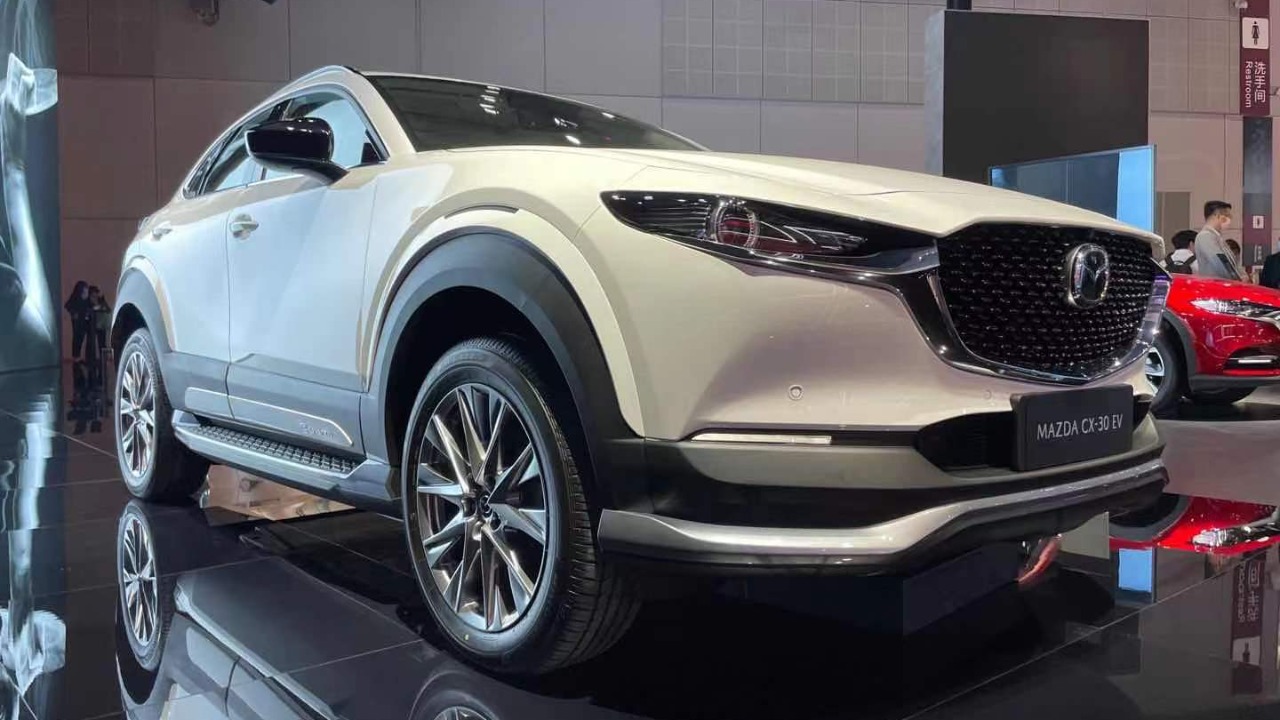
Mazda has finally taken a significant step towards entering the American electric vehicle (EV) market by initiating testing of its long-awaited U.S. EV prototype. This move, announced on November 14, 2025, underscores the company’s commitment to launching a dedicated EV tailored for U.S. consumers and catching up with competitors in the rapidly growing EV market.
Mazda’s EV Strategy Overview
Historically, Mazda has been known for its focus on internal combustion engines and hybrid technologies. This has led to the perception of the U.S. EV as long-overdue, especially considering the company’s recent announcements on electrification goals. Mazda has plans to introduce multiple EV models by the end of the decade, signaling a shift in its strategy.
The U.S. market represents a key target for Mazda’s global EV expansion. This is due to both regulatory demands for cleaner vehicles and a growing consumer interest in EVs. The testing of the U.S. EV prototype is a clear indication of Mazda’s intent to meet these demands.
Details of the U.S. EV Prototype
Based on observed testing visuals, the prototype’s design features include a unique platform and specific battery specifications. The EV is intended to be a compact crossover or sedan, aimed at mainstream U.S. buyers. This positioning aligns with Mazda’s reputation for producing vehicles that cater to the everyday driver.
For a closer look at the prototype’s design and initial specs revealed during road tests, you can visit the Mazda’s testing prototype page.
History of Delays in Mazda’s EV Rollout
Mazda’s journey towards EV production has been marked by a series of promises and postponements. The company’s EV concepts can be traced back to the early 2010s, but these plans were repeatedly delayed. External factors such as supply chain issues and a shift in priorities towards hybrids have contributed to the long-overdue status of Mazda’s EV.
However, the announcement on November 14, 2025, marked a pivotal moment in Mazda’s EV journey. The commencement of testing signifies a shift from planning to active development, bringing Mazda one step closer to its EV goals.
Testing Locations and Methods
The testing of the U.S. EV prototype is being conducted in primary U.S. locations, including public roads and controlled tracks in key states. The testing protocols include endurance runs, performance evaluations, and cold-weather simulations. These rigorous tests are designed to ensure that the EV meets U.S. standards and can withstand various driving conditions.
Safety and compliance measures are also a critical part of these initial testing phases. Mazda is committed to ensuring that its EV not only meets but exceeds safety standards, providing a secure and reliable vehicle for U.S. consumers.
Implications for U.S. Consumers
The features of Mazda’s EV, such as its range and charging compatibility, are designed to address common concerns of American buyers. The company understands the importance of providing a vehicle that can travel long distances on a single charge and can be conveniently charged at home or at public charging stations.
Mazda may also offer pricing strategies and incentives to compete with established EV makers. While the exact timeline for market availability is still uncertain, the ongoing testing reported in 2025 indicates that Mazda’s U.S. EV could be hitting the roads sooner rather than later.
Competitive Landscape and Mazda’s Positioning
When compared to rivals like the Tesla Model 3 or Hyundai Ioniq 5, Mazda’s U.S. EV will need to offer a competitive mix of size, tech, and affordability. However, Mazda’s brand heritage in driving dynamics could differentiate its EV offering. The company’s reputation for producing vehicles that offer a fun and engaging driving experience could be a key selling point for its EV.
For more context on the competitive pressures and Mazda’s positioning in the EV market, you can refer to recent Mazda EV testing reports.
More from MorningOverview